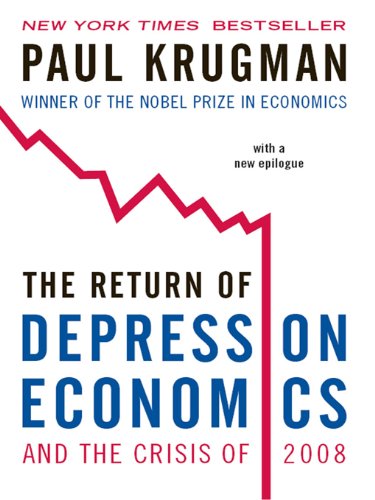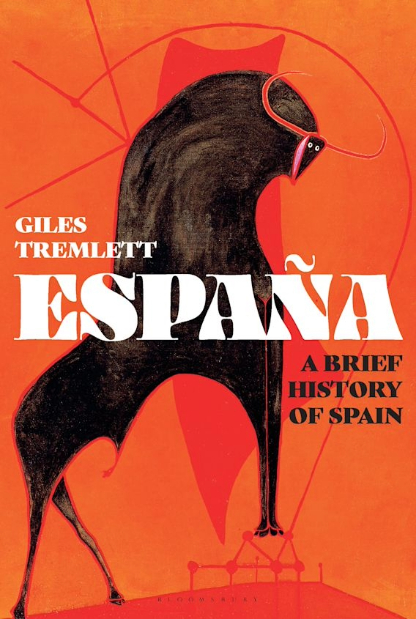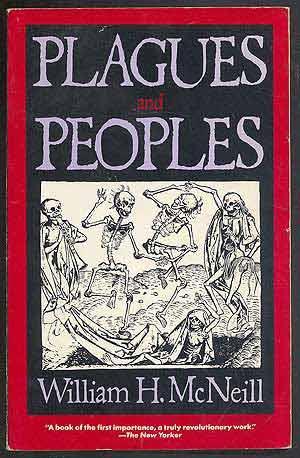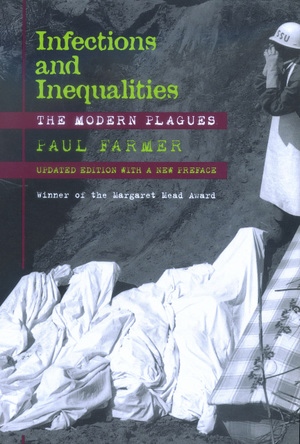Carlos Slim: the Power, Money, and Morality of One of the World’s Richest Men, Diego Osorno, Verso, 2019, pp. 311, ISBN 978-1-78663-437-5
As Osorno states, “the powerful create a cloak of silence around them, which in countries like Mexico, is difficult to pierce.” It took Diego Osorno eight years, hundreds of interviews, even more refusals of his interview requests, and 7 hours alone with Carlos Slim to write a book about the billionaire. In it, as Osorno says, he tried to go beyond the cold, hard numbers to paint a portrait of Slim’s social influence, and answer the question: Can one of the richest men in the world be a good person? Although, Osorno doesn’t tell us what that could potentially mean.
Osorno casts a wide net at Slim and his family, as well as his associates, both in business and in politics. He recounts the story of Slim’s family migrating from Lebanon, and unwillingly disembarking in Mexico, for it was easier to enter than the US in the early 20th century. Julian Slim Haddad, Carlos’ father, settled in Mexico City with 4 of his brothers, where they opened a haberdashery and a silk trading business. Julian was also a supporter of Al Kataeb, the fact which Carlos downplayed in interviews with Osorno. By the 1940s, Julian had not only accumulated significant wealth but married the daughter of one of the most important men in the Lebanese community in Mexico, Linda Helu. It is in his father’s business that Carlos took his first steps, working and investing in the government’s bonds at age 12.
Throughout the book, Osorno indirectly showcases the closely-knit Lebanese immigrant community. Carlos married into it, as well. His wife, Soumaya, whom he married in 1966, hailed from one of the most powerful Lebanese families in Mexico. Her mother, Lily Gemayel, was the niece of Pierre Gemayel, founder of the Party of Lebanese Phalangists who would go on to massacre Palestinians in Sabra and Shatilla late on in the century. Soumaya died in 1999 from her congenital kidney disease, two years after Carlos himself had a close call with death after his heart surgery went awry. With her, he has six children, who occupy various leading positions in his business empire, along with their spouses.
The key to Slim’s fortune lies in Telmex and Mexico’s firesale privatization of government-owned businesses. Telmex was the only telephone company in the market, and owning it would guarantee windfall profits to the owner. Osorno threads carefully on this territory, describing various angles, yet not committing to a particular one. He shares that rumours had it that the tender was fixed, that Slim was merely the front men for President Salinas de Gortari, and that it was thought that Slim’s bid was not the highest presented. Interviewing Rogozinski, a government official in charge of privatization at the time, Osorno balances the rumours with a tentative assertion that legal procedures were indeed followed. With a guaranteed monopoly, Slim spread his telecommunications empire to entire Latin America, operating under the umbrella organization America Movil. America Movil is one of the largest corporations in the world, with its subsidiary organization Claro influencing markets throughout South America and the Caribbean. Nonetheless, the lack of competition, as an OECD report from 2012 states, which Osorno quotes, cost Mexico billions and has allowed the company to overcharge for its services.
Grupo Carso, a conglomerate Slim formed in 1990, holds interests in various vital sectors of the Mexican economy. Through Grupo Condumex, it has stakes in industrial product manufacturing; through Grupo Sanborns, it holds the largest department store in Mexico and is the countries largest chain of bookstores; through Carso Infrastructura y Construccion, it offers infrastructure construction services; and through Carso Energy, it has stakes in the mining, pipeline, and oil sector. Osorno does not delve into the impact Slim’s corporations have on the society but focuses on political relationships that may or may not have made them possible. It is never clear whether Slim benefitted from close ties to various politicians.
Though his political outlook is clear, Slim is a firm believer in private efficiency, the idea that money breeds more money, and that businessmen are the ones to whom the economy should be entrusted. He believes that airports, highways and the like should be privatized, and in 1984, prior to the era of privatization, he participated in the formation of a company with his fellow millionaires called Libre Empresa. The idea behind Libre Empresa was for the rich to pool their resources and buy off government assets. Although it failed, Slim retained the idea behind it.
Throughout the narrative, Osorno describes episodes of Slim’s ability to forge connections through his wealth, be it journalists in distress, failing papers, or business partners. A constant streak of ideological commitment to the market and his wealth underpins his actions. He has used his wealth to implement strategies to outcompete his competitors, give his business empire further leverage over the underdog, and cause financial difficulties for others when his ideas are not implemented.
Take philanthropy. Slim does not believe in philanthropy, yet his foundation has built hospitals, and partnered with educational institutions to provide quality education to children. As he says, his “concept focuses on realizing and resolving things, not giving.” He continues to seek out business opportunities and does not show signs of abating. He believes that he is part of the market; he supports it and sees it as an end in itself.
While Osorno purports to tell the story of the social consequences of Slim’s fortune, his narrative instead reads like a tale about Slim himself. Yes, there are brief analyses of the impact of Slim’s monopoly and wealth on the society, but those are usually attributed to others, and they are definitively a minor aspect of the whole book. The story between the biography of a man and how it relates to the socio-economic conditions it arises from and affects is a tough balancing act, and Osorno has done a decent job. Perhaps that veil of secrecy proved just a little too thick to pierce through fully.
Yes, Carlos Slim holds tens of billions of dollars in a vast pool of poverty that surrounds him, but to what extent does his wealth generate the poverty of others? Osorno’s book leaves us wondering.




